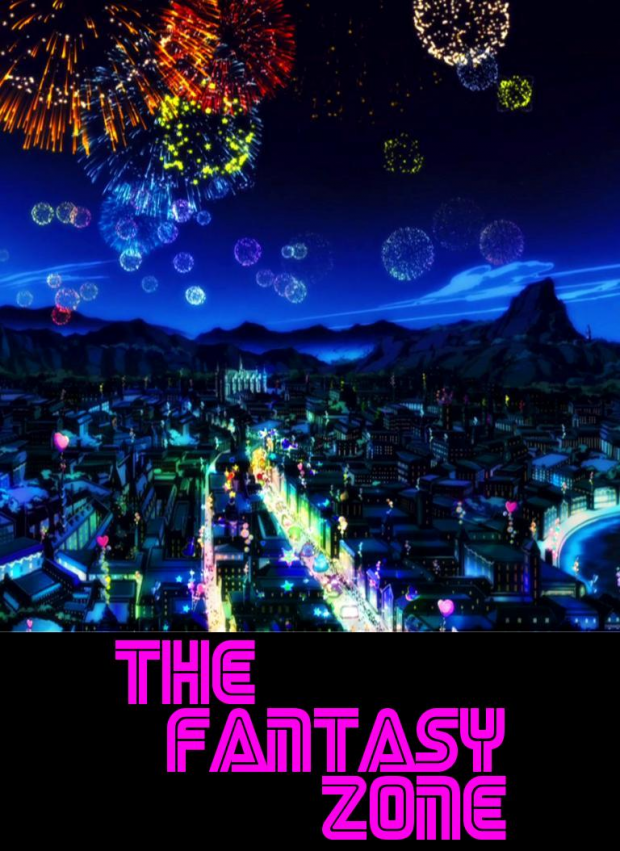Rewatching an episode of Kiss Him Not Me, reminded me of how utterly petty the idea of shipping is.
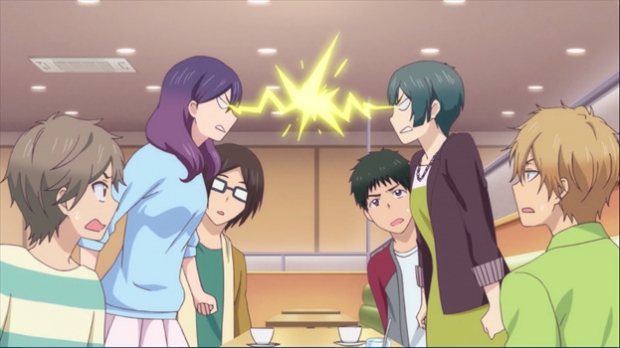
The example they use is who in the yaoi couple is the dominant one in the relationship, the episode reaching a peak when Shima wins a fanfiction battle against Kae which greatly upsets Kae, Igarashi calling out Shima's behaviour as not only petty but potentially could end the friendship.
I kinda feel this is the only way these shipping wars end, it's a tale as old as time, or at least since Gundam Wing has been a thing, but we've since dropped the forums in favour of all out content creation wars and video essays on why Bakugo and Midoriya are a canon couple and why everyone else is wrong including the mangaka.
What happens with a character is up to the original artist, it's fine to fantasize and fan theory but remember that the anime was not made just for you.
This extends to anyone in the field of translation who change meanings and dialogue or add things that don't match the intention of the creator, unless told otherwise by said creator or production company to do so, translation and localization are two different things, the job of the localizer is to make the story make sense in the language they translate to as a good portion of Japanese dialogue really doesn't translate well, you only have to see a cheap Hong Kong knock off dvd to see how poorly it translates.
It's really not worth alienating yourself from the anime community over a drawing's sex life.
There are a lot of reviewers I really respect but they are not immune to bad take reviews.
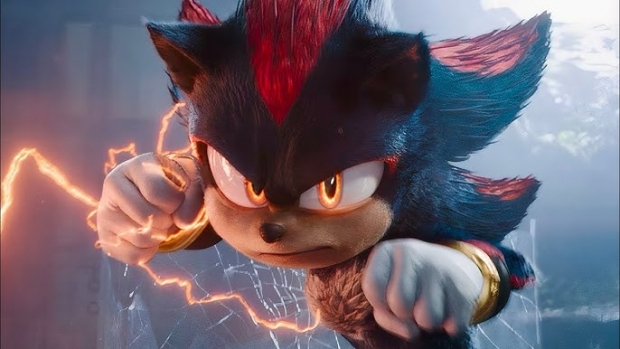
I recently went to see Sonic Movie 3 but before then I watched a review from Moviebob, he hated the film but then again he hated the other films, one instance he destroyed his voice out of anger while he was already sick through the sheer misunderstanding of why the movie series was popular.
With Sonic 3, his comments came off as disingenuous, while I don't expect everyone to like this film and some points were justified like GUN's confusing role between hero and villain, what I disliked about the review is he had no intention of liking anything about it, even trying to force himself to like the performances of Jim Carrey and Keanu Reeves.
Sonic Movie 3 is a simple film that's fun to watch, the formula is hardly going to win oscars but it's worked for the franchise since it's inception, we've also seen as Sonic fans what we don't want in the franchise and it took over a decade to get there, now the franchise has done what only Don Bluth has done, defeat Disney on merit.
It's not the only time a reviewer has annoyed me.
Saberspark when reviewing a Mummy film from Spain couldn't stop bringing up that they should've been more harsh with the British role is tomb raiding treasures, missing the point that 1. It's a film from Spain and 2. They couldn't give two shits about what happened historically when they only wanted to release a silly mummy film.
Mysterious Mr Enter infamously said about Turning Red that they should've brought up 9/11 in a setting that was in the early 2000s, forgetting that it's also set in Canada and about teenagers but at least he apologised.
Even Bennett the Sage of anime abandon, the one reviewer I hold in the highest regard didn't exactly treat the Sonic fanbase too kindly with his take on the Sonic OVA, even if he was playing a character while reviewing.
Ben Yahtzee Croshaw went through a period where his usual caustic comedic review style was getting stale which has happened more than once.
I've never seen a poor take from Nostalgia Critic, but his skits get painful to watch very quickly.
And finally, I wish Nux Taku would stop watching drama channels, I honestly couldn't give a shit about failing Youtubers or the state of politics just talk about Helluva Boss and stuff you like.
These are all the ones I usually like.
The bad ones are ten times worse.
The key takeaway is, always make sure to make your own judgement, you are not a sheep.
I used to do a segment where I quickly cover topics I don't have time for full posts on, time to bring it back.
It All Started with Ranma 1/2
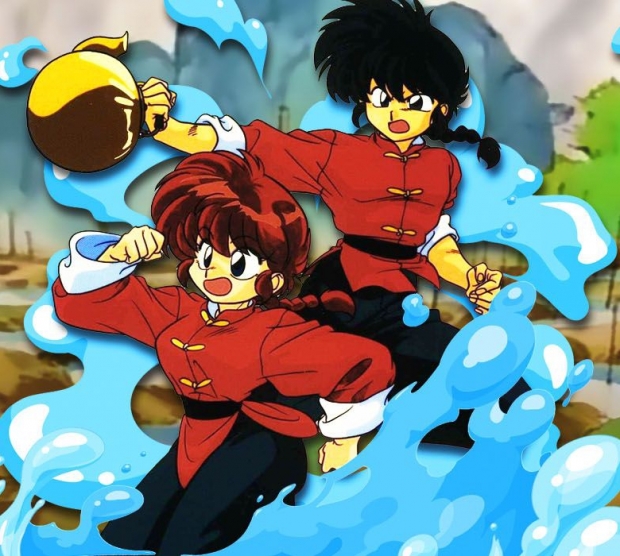
I've likely mentioned that my first interaction with anime of any kind was Ranma 1/2, despite my age at the time being around 6-9, I fully understood that Ranma was changing into a girl with water, so I was exposed to LGBT content at quite an early age and saw it as normal, so when I was introduced to it properly later on, I really wasn't questioning it.
Chun-Li Was My First Fictional Crush
To this day, I still don't know what attracted me to Chun-Li to begin with, maybe it was her vivid colour palette, her dress or maybe it was because it was the first time I laid eyes on a fighting woman. As an adult, there are more obvious reasons to love the character.
Pokemon TV is Back
The Switch had a fantastic app showcasing seasons of the Pokemon anime but was dropped after a couple of years for unknown reasons, it has recently returned as a Youtube channel and is uploading season 1 sporadically as we speak, so if you want a free legal way to watch old seasons of Pokemon, you can now do so.
I used to do a segment where I quickly cover topics I don't have time for full posts on.
Kenpachi is Dumber Than You Remember
A young impressionable weeb would remember how Kenpachi of Bleach would beat the established hierarchy by being a deliberate badass, but when you consider how much he holds back, he could've solved alot of the most drab moments in the anime by going all out sooner, I get that a creative license requires a shonen anime to build tension but Kenpachi would've been more popular if he wasn't forced to take losses all the time, I can say the same about Rock Lee.
Davis is Actually Self Aware

Davis is very unpopular in the franchise as he took a position meant for TK and Kari but in the V-Tamer manga he actually says that he doesn't want to return to the real world because he believes no one would care to see him come back.
Now I feel bad.
Continuation vs Remake
With Ranma being remade and seeing the comparisons between the original and remake, the designs feel somewhat lacking, something about the 80s and 90s aesthetic really made the characters pop out and you'd think over 30 years of tech would make it better but no.
By contrast Fairy Tail's 100 year quest series hasn't changed one bit since the original series ended and I love it for it.
Of all the genres in anime, the magical girl genre is one of the most over looked and here are five anime that fell by the wayside.
Saint Tail
The daughter of a stage magician and retired thief steals art to give back to their rightful owners, it takes elements from Cats Eye and functions as the predecessor for Card Captor Sakura, utterly charming with an adorable lead and beautiful setup that far exceeds it's time period, Saint Tail is a must for magical girl fans.
Kamikaze Kaitou Jeanne
Arina Tanemura's take on the magical girl genre with her extreme wide eyed style of animation blending heavy moments of psychological themes with a magical thief plot, best remembered for arguably the best transformation scenes in the genre.
Full Moon
Tanemura again this time going heavier on the psychological elements and heavy references to suicide is Full Moon, a take on the magical idol genre, it's worth noting that despite what the audience gets put through, the ending is always a happy one. This was breaking boundaries long before Oshi no Ko.
Pretear
A loose blend of Snow White and Cinderella elements, with pretty boys transforming into the lead girls costumes, (don't think too much about it) the lead is tasked with saving the natural world of leafe with the help of her seven knights, probably one of most fiercely independent leads seen in the genre long before the trend of strong female leads were needed for absolutely everything.
Wedding Peach
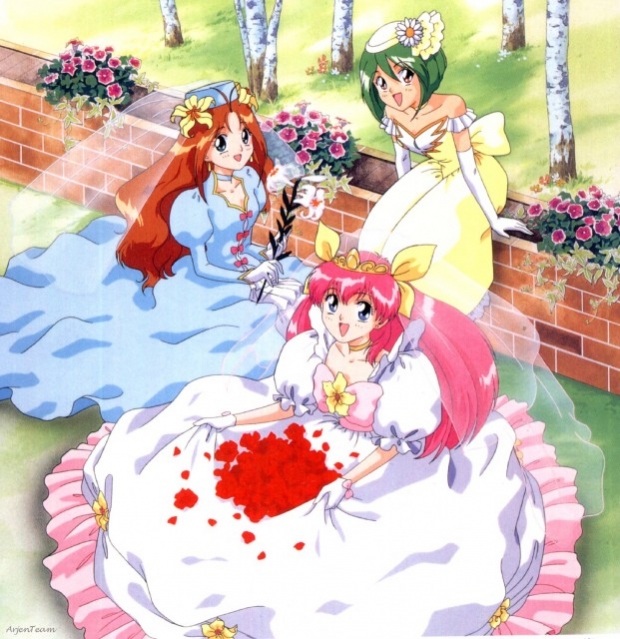
Written off as a Sailor Moon clone thanks to the era it came out, Wedding Peach is alot closer to Precure in terms of content, predating it by a decade and it's been referenced more times than Sailor Moon with the wedding dresses and the champagne drinking scene having both been referenced in Pokemon of all things, lead character Momoko is also one of the main reasons why most lead magical girls are pink coloured.
Honourable Mentions
Corrector Yui - Megaman.Exe if it were a magical girl series, it's so obscure that no one remembers it.
Nurse Witch Komugi - A spinoff of a horror anime, it's as silly as it sounds.
Magical S Project - The official Pretty Sammy tv series spun off from the Tenchi Muyo franchise, way better than it has any right to be.
My Wife is a Magical Girl: Bewitched Agnes - An example of an adult magical girl series with an adult lead, heavily influenced by the American 60s sitcom Bewitched, worth your time if you can find it.
Sally the Witch - If only for historic purposes, this is often cited as the first magical series.
